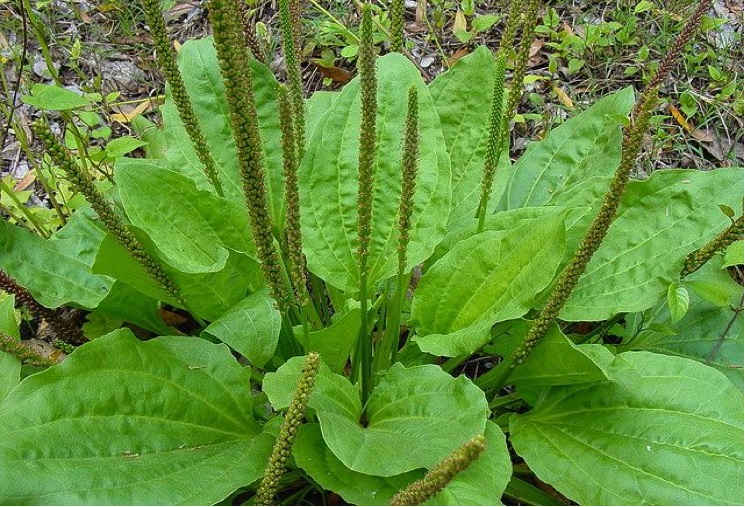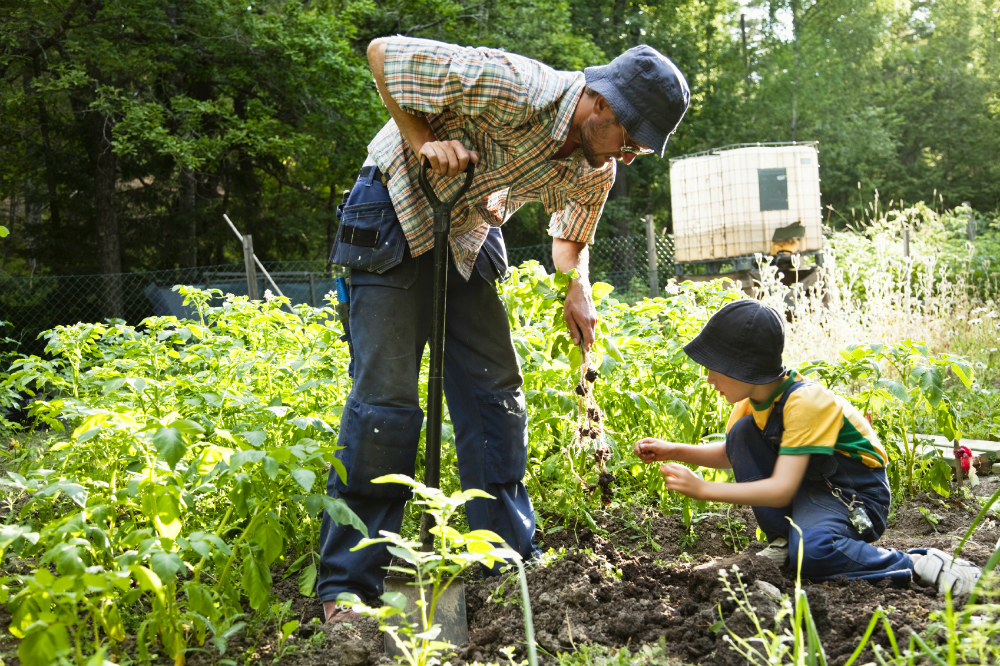
Commonly regarded as a noxious weed, the broadleaf plantain is known by many names, such as wagbread, rippleseed and white man's foot. However, what most people don't realize is that the broadleaf plantain is actually one of the most easily identifiable, edible and medicinal weeds in America. Its botanical scientific name is Plantago major, and it has been traditionally used to treat digestive problems, such as diarrhea, constipation and irritable bowel syndrome. The leaves of the broadleaf plantain can also be made into a poultice or healing salve and applied topically to help soothe minor burns, wounds and insect bites. (Related: Common weeds that can be used as food and medicine.)
How to identify broadleaf plantain
The broadleaf plantain can grow up to a foot tall. It is characterized by green, oval or egg-shaped leaves that grow in a basal rosette shape. The leaves have smooth but wavy edges and their sizes can range from five to 30 centimeters long and half an inch to five inches wide. If you look closely, you should be able to spot five to seven prominent veins on the leaves that run parallel from the base that attaches to the stem. Just like the leaves, the stems of the broadleaf plantain are hairless. The thick stems meet at a base and can be described as resembling a miniature version of celery. Snapping one of these stems cleanly along their indentations even reveals distinctive string-like veins not unlike those of celery.
During springtime until early fall, compact flower shoots bloom from the erect leafless stalks in the middle of the broadleaf plantain. These flower shoots are approximately the same shape and size of a regular pencil, and they are made up of several tiny, stalkless, green flowers measuring two to three millimeters in diameter. Every flower has four petals, two stamens and one pistil. When the flowers wither away, they reveal long, thin and highly flexible seed pods hidden inside the flower shoots.
How to use broadleaf plantain
The broadleaf plantain is a rich source of essential nutrients, such as protein, iron, calcium and vitamins A, C and K. All parts of the plant are safe to ingest. However, mature leaves are tough, stringy and taste much more bitter than younger plantain leaves. Young leaves can be eaten raw or blanched in boiling water. The tender, young leaves can then be added to salads or frozen and used later in soups, stews and sautés. Older leaves can be boiled or roasted. They can also be dried to make herbal teas or chewed and applied topically to create a healing salve, tincture or poultice. Plantain tea is known to treat stomach aches and heartburn. If the tea is too bitter, you can always sweeten it with a little honey.
When SHTF, broadleaf plantain leaves can easily be used as a quick replacement for lettuce and other leafy greens. They also taste great when added to juices, salsas and pesto sauces. Furthermore, the edible seeds of the broadleaf plantain can be eaten raw. They can also be boiled, broiled, roasted or ground into a meal and mixed with flour. Another great way to enjoy broadleaf plantain is to fry the leaves or seeds with green onions. Top the meal with a little bit of garlic and oregano, and you'll have your very own wild gourmet meal.
To learn more about medicinal plants you can use as emergency food or medicine, visit Survival.news.
Sources include:
Please contact us for more information.























